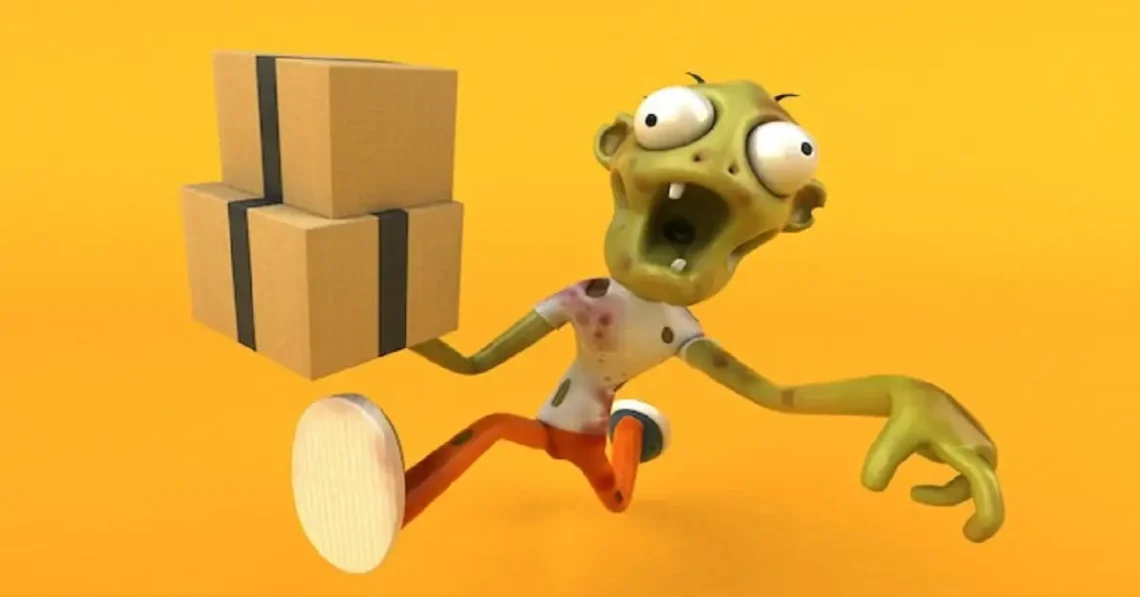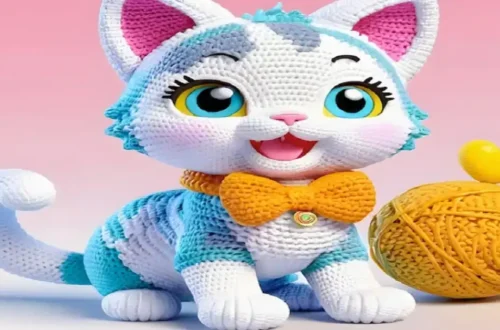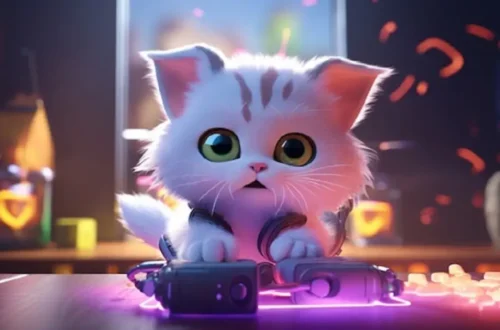In the age of digital communication, visual content has taken center stage. Among the myriad forms of visual media, GIFs (Graphics Interchange Format) have emerged as a popular choice for conveying emotions, reactions, and humor. Among these, funny GIFs hold a special place, bringing laughter and light-heartedness to our screens. This article delves into the world of funny GIFs, exploring their origins, impact, and the reasons behind their popularity.
The Origins of GIFs
The GIF format was introduced by CompuServe in 1987, primarily for compressing images to save space and facilitate easier transfer over the internet. The format gained popularity due to its ability to support animated images, making it a perfect medium for short, looping animations. While the early use of GIFs was limited to technical demonstrations and simple animations, they quickly evolved into a powerful tool for expression in the digital realm.
The Rise of Funny GIFs
Funny GIFs began gaining traction in the early 2000s with the rise of meme culture. Websites like Tumblr, Reddit, and 4chan played a significant role in popularizing these short, looping animations. Users started creating and sharing GIFs to express humor, often by capturing hilarious moments from movies, TV shows, and everyday life.
Why Are Funny GIFs So Popular?
Several factors contribute to the immense popularity of funny GIFs:
- Brevity: GIFs are short, typically lasting just a few seconds. This brevity makes them perfect for quick consumption in our fast-paced digital world.
- Visual Impact: A picture is worth a thousand words, and a moving picture even more so. Funny GIFs can convey complex emotions and humor without the need for lengthy explanations.
- Shareability: GIFs are easily shareable across various platforms, from social media to messaging apps. Their small file size and universal appeal make them a favorite for sharing a quick laugh.
- Relatability: Funny GIFs often capture everyday moments and reactions that resonate with a broad audience. This relatability enhances their appeal and makes them a staple in online conversations.
Types of Funny GIFs
Funny GIFs come in various forms, each with its unique charm. Here are some popular types:
- Reaction GIFs: These GIFs capture human reactions, such as laughter, surprise, or frustration. They are often used in conversations to respond humorously to messages or posts.
- Animal GIFs: Animals are a perennial favorite in the world of GIFs. From cats doing silly things to dogs performing tricks, these GIFs are guaranteed to bring a smile to anyone’s face.
- Fail GIFs: These GIFs capture moments of failure or mishaps, often in a humorous context. They serve as a reminder that it’s okay to laugh at our own mistakes.
- Movie and TV Show Clips: Iconic scenes from movies and TV shows are frequently turned into GIFs. These clips, often paired with witty captions, bring humor through familiar pop culture references.
Creating Funny GIFs
Creating funny GIFs is both an art and a science. It requires a keen eye for timing, context, and visual appeal. Here are some tips for creating hilarious GIFs:
- Choose the Right Moment: The key to a funny GIF is capturing the perfect moment. Look for instances that naturally elicit laughter, such as a funny facial expression or a surprising twist.
- Keep It Short: Brevity is crucial in maintaining the humor in a GIF. Aim for a duration of a few seconds to ensure the joke doesn’t overstay its welcome.
- Add Captions: Captions can enhance the humor by providing context or a punchline. Use concise and witty text to complement the visual content.
- Use Looping Wisely: The looping nature of GIFs can be leveraged to enhance the humor. A well-timed loop can create a comedic effect that keeps viewers engaged.
The Impact of Funny GIFs on Digital Communication
Funny GIFs have significantly impacted how we communicate online. They add a layer of expressiveness to digital conversations, allowing users to convey emotions and reactions that words alone might not capture. This visual form of communication has become an integral part of internet culture, influencing how we interact on social media, in emails, and in instant messaging.
Moreover, the humor in GIFs can break the ice in conversations, making interactions more engaging and enjoyable. In a world where digital communication often lacks the nuances of face-to-face interactions, funny GIFs bridge the gap, bringing a touch of humanity and laughter to our screens.
The Future of Funny GIFs
As technology continues to evolve, so will the world of GIFs. With advancements in artificial intelligence and machine learning, we can expect even more sophisticated and personalized GIFs. Additionally, the integration of GIFs into new platforms and technologies, such as augmented reality and virtual reality, will open up exciting possibilities for humor and expression.
Conclusion
Funny GIFs are more than just a passing trend; they are a beloved form of digital expression that brings joy to millions of people worldwide. Their ability to convey humor in a concise, relatable, and shareable format has cemented their place in the pantheon of internet culture. As we continue to navigate the ever-changing landscape of digital communication, one thing is certain: the hilarious world of funny GIFs is here to stay, making us laugh, one loop at a time.





